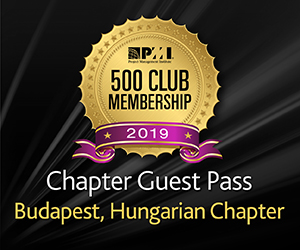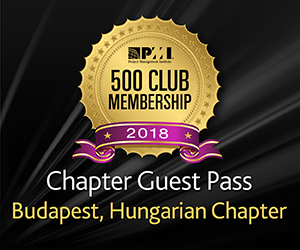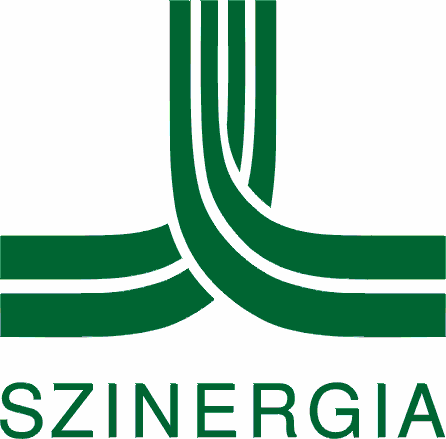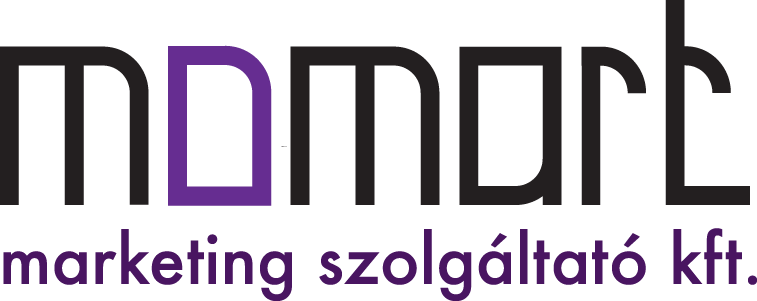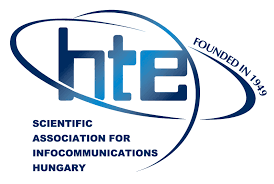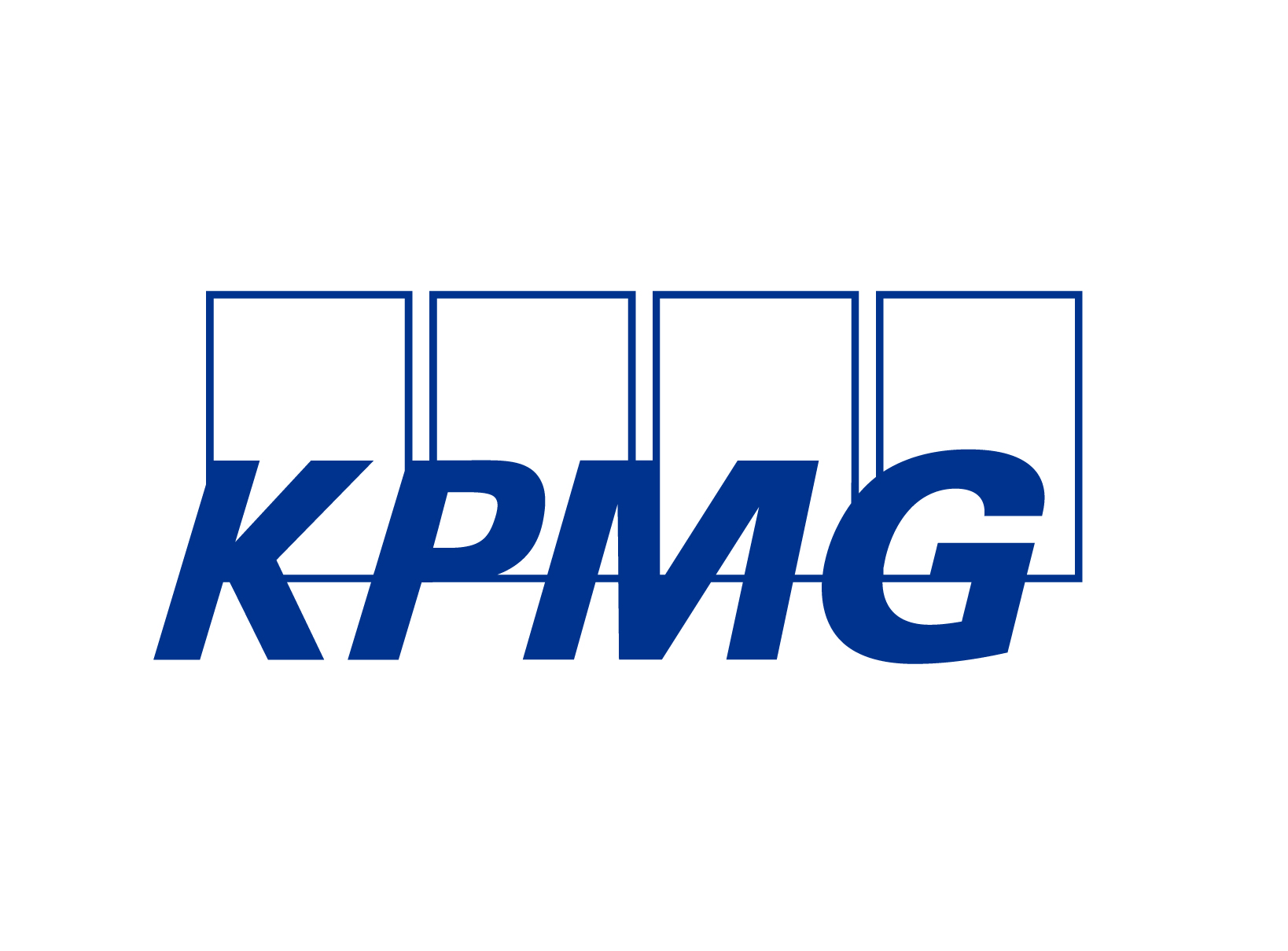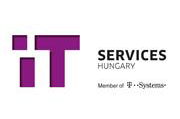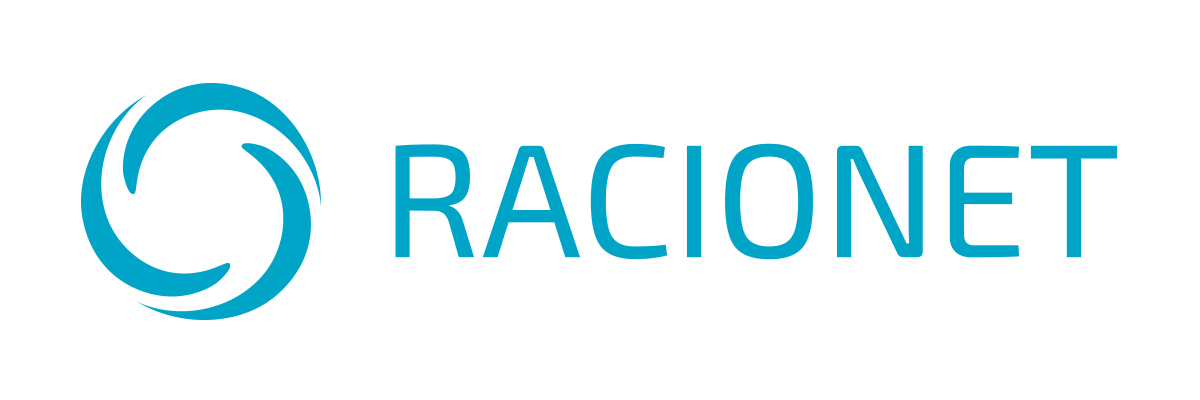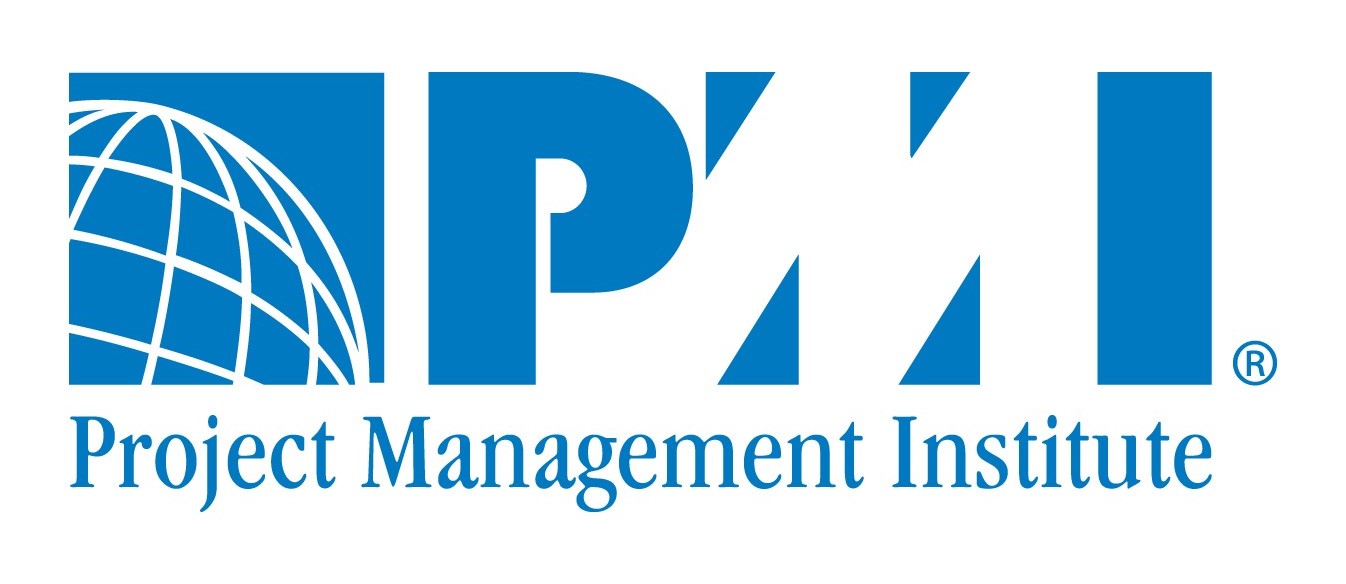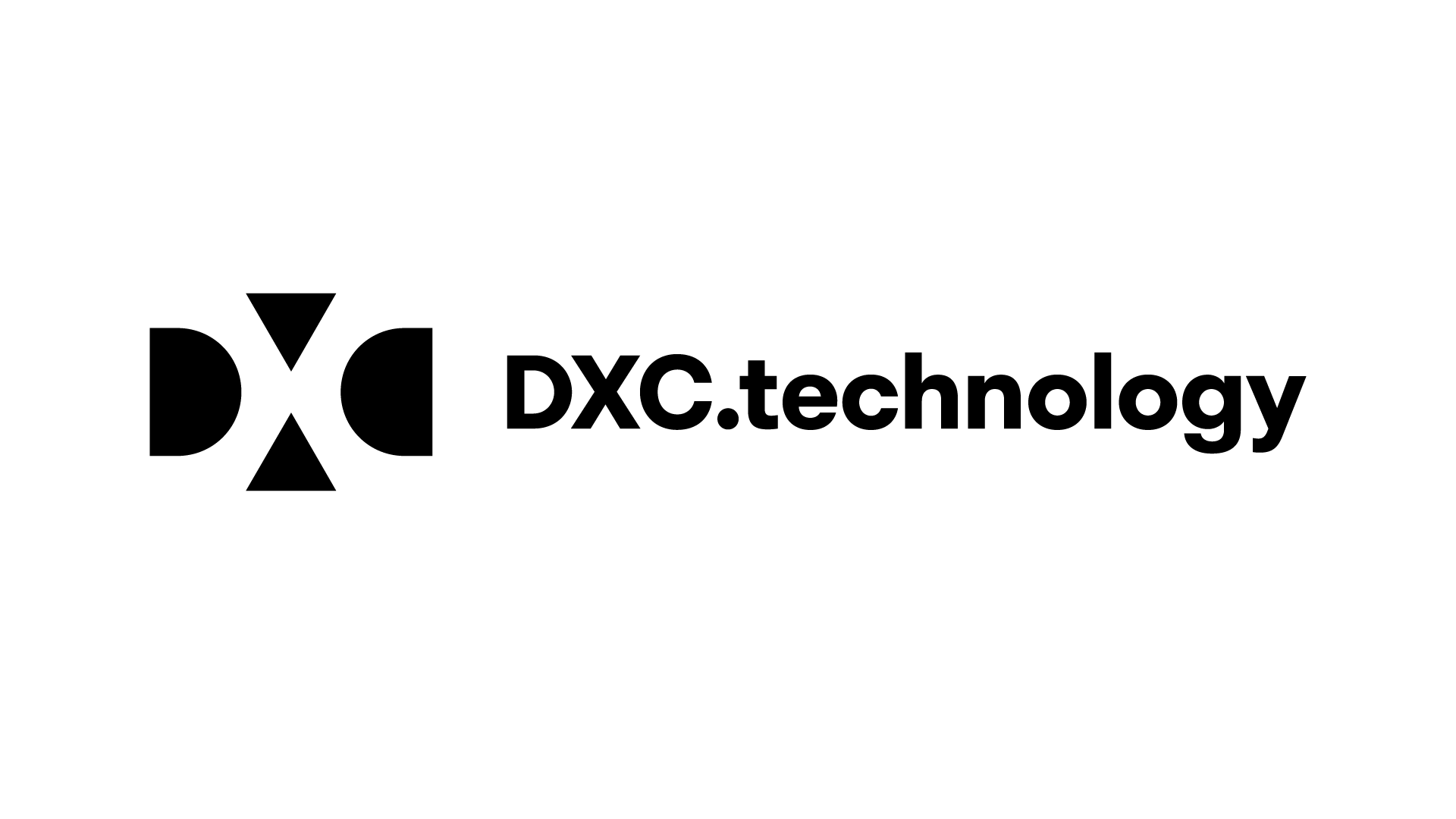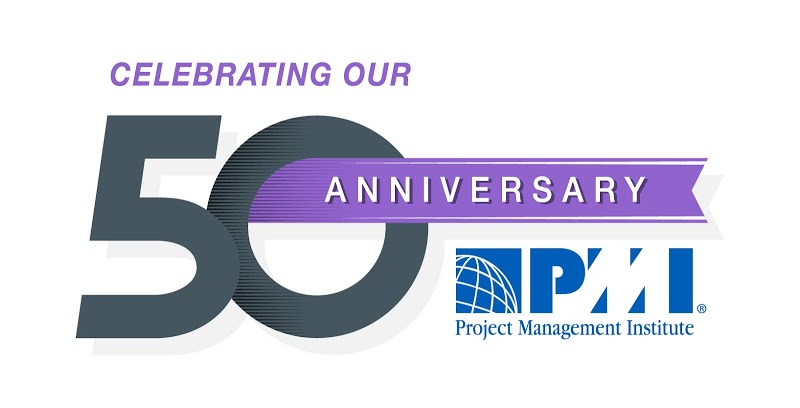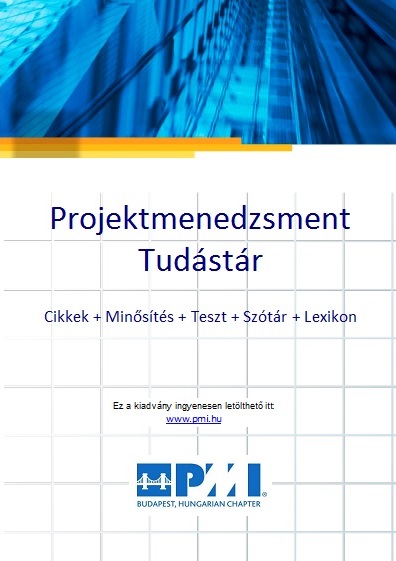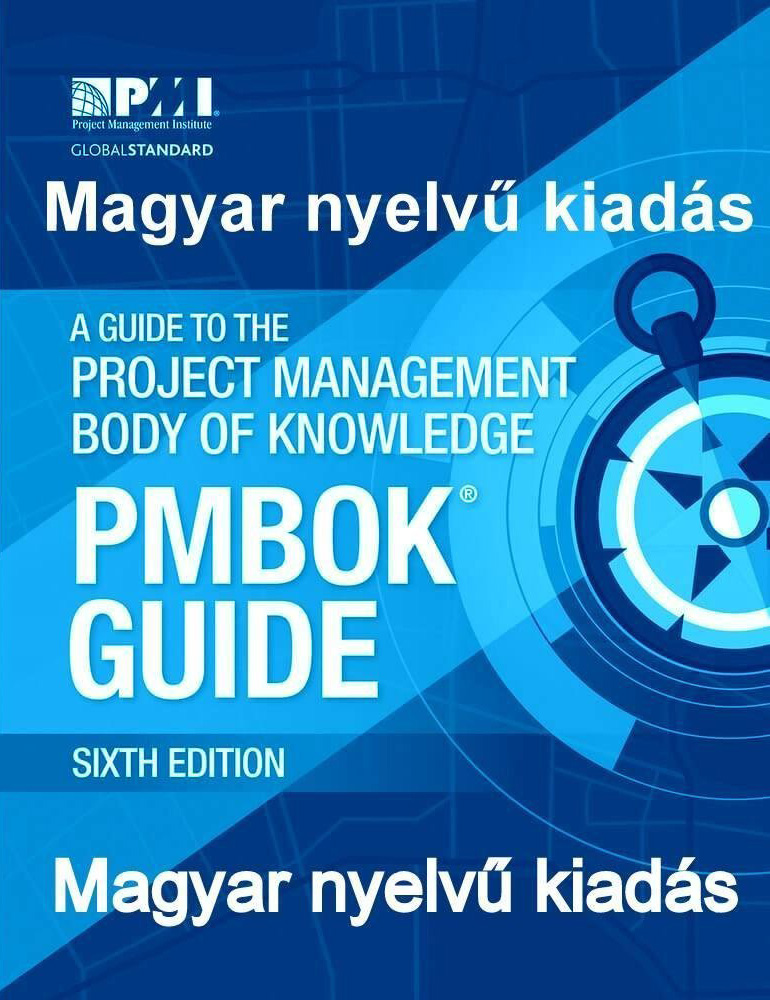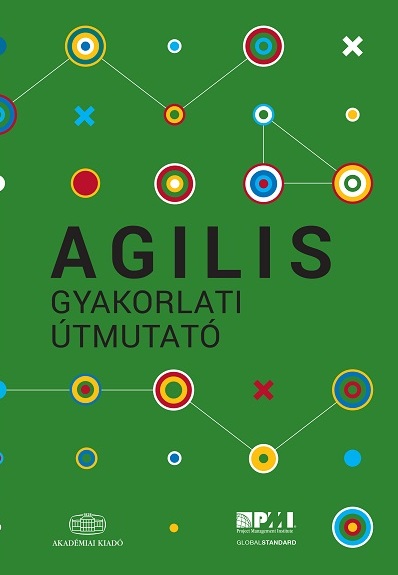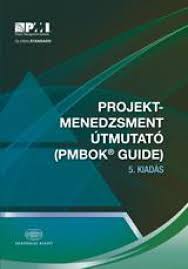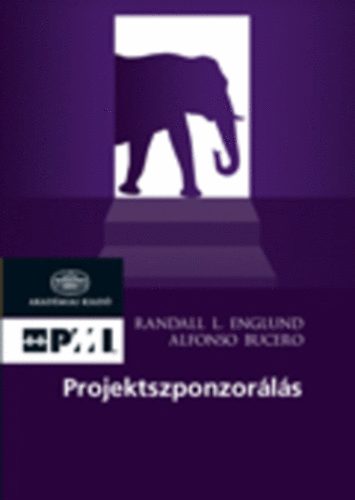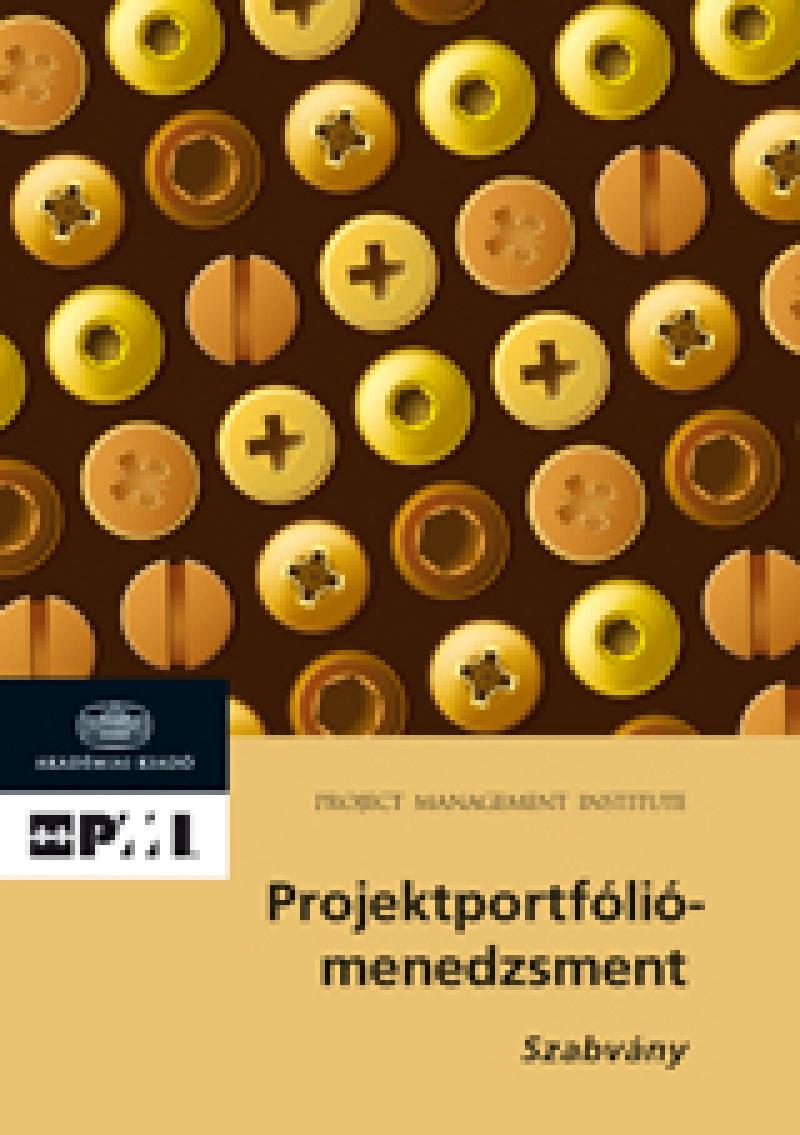 Having done most of my project management in an environment, that was not very much aware of what project management is and what the standards are, I quickly found myself in situations where I had to stretch standards of traditional project management to fit the environmental situation and requirements. I had no idea I was actually using some agile techniques to achieve the tailoring I needed and I was, in fact, practicing hybrid project management. Author: Stephanie Jaeger, PMP, BBA, PMO and Project Process Specialist
Having done most of my project management in an environment, that was not very much aware of what project management is and what the standards are, I quickly found myself in situations where I had to stretch standards of traditional project management to fit the environmental situation and requirements. I had no idea I was actually using some agile techniques to achieve the tailoring I needed and I was, in fact, practicing hybrid project management. Author: Stephanie Jaeger, PMP, BBA, PMO and Project Process Specialist

There are 2 typical situations where we as project managers find ourselves often challenged to significantly adjust our processes and standards.
1. When the environment is not very aware of project management standards and the corporate set-up is not conducive.
Often these situations include situations, where the project manager is actually appointed very late in the project. In my environment, it is quite normal that the PM has no direct influence whatsoever on the Sales Process. Then once the project is kicked off, all the baselines are set, often based on uninformed sales decisions and the PM is expected to perform miracles.
2. When situations change to fast for traditional project management to be effective in all areas.
In our day and age, the environment changes extremely fast and often our ongoing projects need to be adjusted quickly.
Based on my experience I believe firmly that most of us will be practicing hybrid project management in the near future if we are not already do so. Neither traditional nor agile or any of the other iterative methods will completely fit the needs of a project end-to-end. We will find ourselves having to adapt and completely tailor our approach in different areas to specific needs.
Just like no artist can reach the height of their performance and creativity without having understood the basic foundation stones of his craft, be it musical scales, be it the color wheel or be it the basics of different materials used, no project manager will be able to perform at their best without a solid foundation of knowledge. In this day and age even just having a solid foundation in traditional project management is no longer enough. We need to understand the fundamentals of agile, waterfall, scrum and so on. We need to keep learning the newest developments in the project management approaches and learn from the experiences of others.
I remember when people first started talking about agile, many in my environment, seemed to think that this will save them from having to prepare meticulous project plans. They thought you just go along with the flow and voilá they manage the project miraculously. However, very soon they started understanding that agile approaches actually require daily re-planning or iteration of plans. With that, they quickly understood that agile plays by its own rules and you need to update your skills and learn the foundation of agile first. Similarly
What is Hybrid Project Management?
Here is a definition I found in a blog on https://www.theprojectgroup.com
“Hybrid project management” refers to methods combining approaches from the traditional PM environment and the agile world.
I think this summarizes well what hybrid project management is for me. I don’t think we can expect a fixed rule book on hybrid project management any time soon since that would beat the purpose. It will take a lot of experience and learning to develop the fine skill needed to balance when what approach is the right one. Tailoring is the one skill we all need to develop.
The hybrid approach seeks to reap the best from the traditional WBS and the agile world.
How do we use it?
I started using hybrid approaches out of necessity because in the situation I was in. I would never get full disclosure of certain project details – often cost-related – from Senior Management. Neither did I have any influence on the procurement process. However I was fully aware that this was more of a stop-gap measure, hence I kept working on the Senior Management’s mind with my reports and lesson’s learned until they slowly started giving more information and allowed some influence on subcontracting. Hence a more traditional approach internally became possible more often. However, in the environment there were still too many factors out of our control for a fully traditional approach. These were mainly external factors that always cropped up in projects as issues or risks. Yet the projects we managed did not really fit a fully agile or iterative approach. As a team of project managers, we would regularly meet and define our lessons learned and possible solutions to mitigate the issues we faced. From this, wherever possible we would work on changing internal processes. However external issues were not always possible to mitigate. Often these were issues arising from dependencies. For example, we depended on others to provide cable paths for us to pull cables. If that was delayed, our project would be delayed. If the paths were not created in the areas we wanted to prioritize, we would have to re-plan. If they were not created in any areas, because the relevant contractor would prioritize other subcontractors work, we would have to work on our relationships. At the same time, we would need to update our reports honestly and state why we were delayed. Sometimes cable paths would be provided differently than planned or even than indicated in the drawings. This is an example where the hybrid methods came in. We predefined the steps to be taken should a certain issue arise and then tailored these to the requirements. We also kept a record of which relevant contractor would cause such issues and which we did not expect such issues from. Hence we were able to even decide in which project to use hybrid and which we could use traditional.
You do your initial planning in a more traditional way, creating your baselines and relevant documents on a higher level. Ensure you divide work into smaller chunks, known as sprints, some of which have detailed planning done at the time needed based on the situation at the time. Decisions on when you need a sprint and when you can proceed with detailed planning will need to be made on your historical knowledge and the subject matter experts input.
When do we use it?
It is important to think about this for a moment. When is hybrid project management really applicable? This is not a short cut to success, but an option to be considered carefully. The best approach is by asking yourself first a few questions:
- Have I understood the concept of hybrid project management?
- Am I trying to use hybrid project management to avoid unpleasant tasks, or is it a real solution??
- Which parts of the project will I need to approach in a hybrid way? Which parts will I approach traditionally?
- What problem am I trying to address by using hybrid? Can it be resolved differently?
- Is this in line with my corporate regulations and the corporate project management approach? If not, then you will have to discuss it with your seniors first and get the project sponsor’s and any other applicable decision maker’s approval first.
- You need to meticulously plan your approach for every part of the project and indicate where you use traditional and where any of the agile methodologies. Remember any tailoring requires clear and concise documentation and communication.
When you chose to use a hybrid approach, you need to ensure all your relevant stakeholders are aware and do know what it means and what is required of them. Then plan your agile sprints well and in detail. Ensure all are aware when you have to have relevant meetings.
When you have sudden requirement changes you may also suddenly need to tailor your approach and adapt a hybrid method. In our uncontrolled environments where Senior Stakeholders, may they be internal or external, often accept major requirement changes halfway through a project, you need to think on your feet. Careful integrated change control, may not be enough, you may need to change your approach in the part of the project affected by the decision. Again careful and informed decision making is required for successful use of hybrid approaches. You need to make very clear decisions with your team and the project sponsor on where to use a hybrid approach, where not and what will it look like. Teamwork is essential here, but also team management skills, since not all team members may be able to adapt quickly.
Summary
In our ever more complex world, we need to understand that at times change may be the only constant. We need to adapt to change and adapt our approach. Be flexible when needed or pull things back into the planned path when necessary. This requires well-trained project managers with a very flexible mind. Reading up on and understanding all the project management methods out there is no longer an option. We need to understand them all and know when to use them. Decision-making paths need to be clear from the beginning. We need to expect a change in our projects and have a clear path, how we will decide on when to use hybrid and when not.
Source: https://www.linkedin.com/pulse/hybrid-project-management-what-when-do-we-use-jaeger-pmp-limc/

